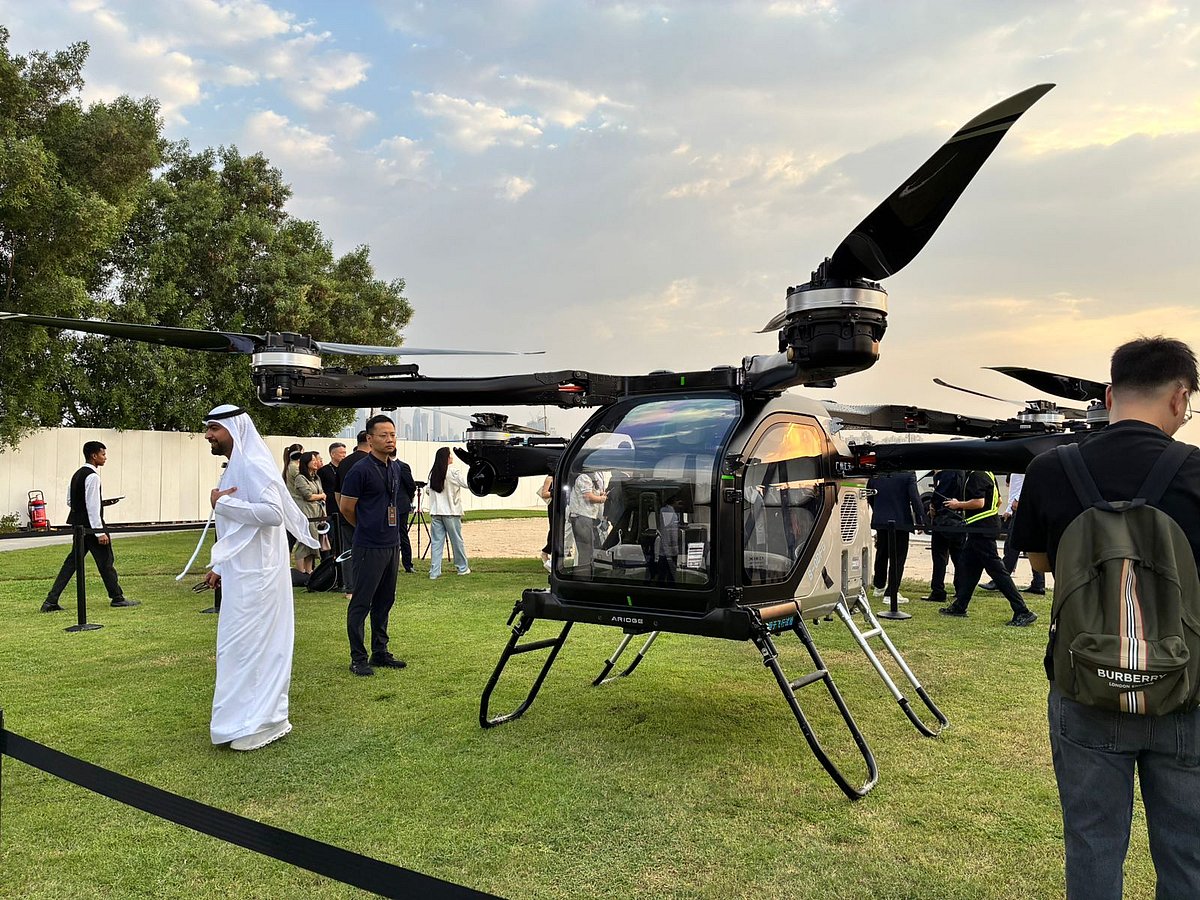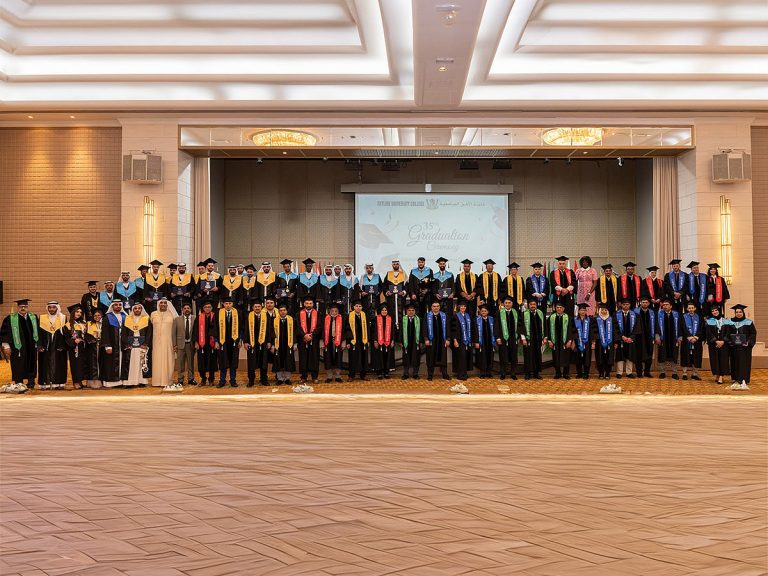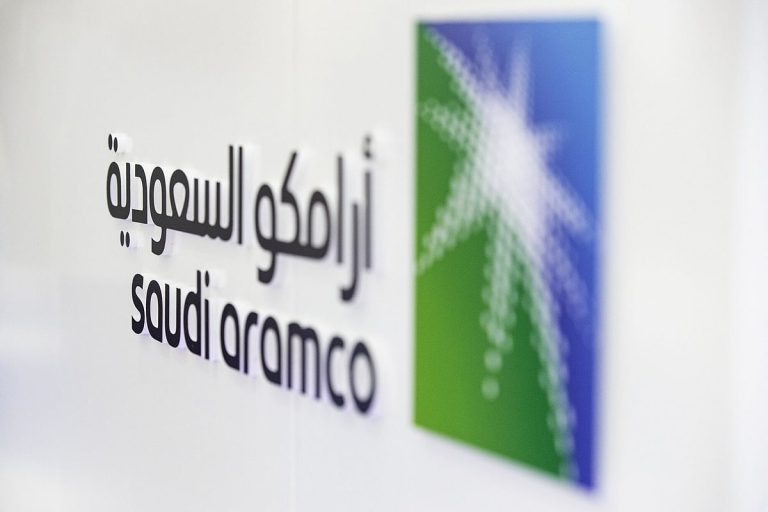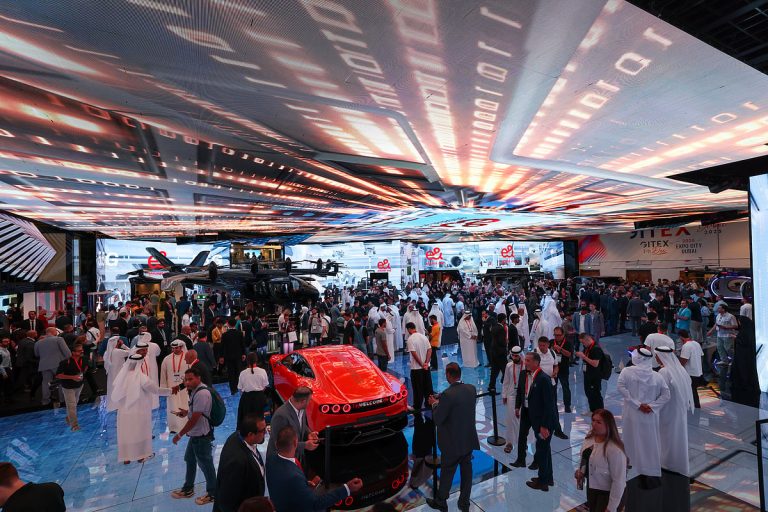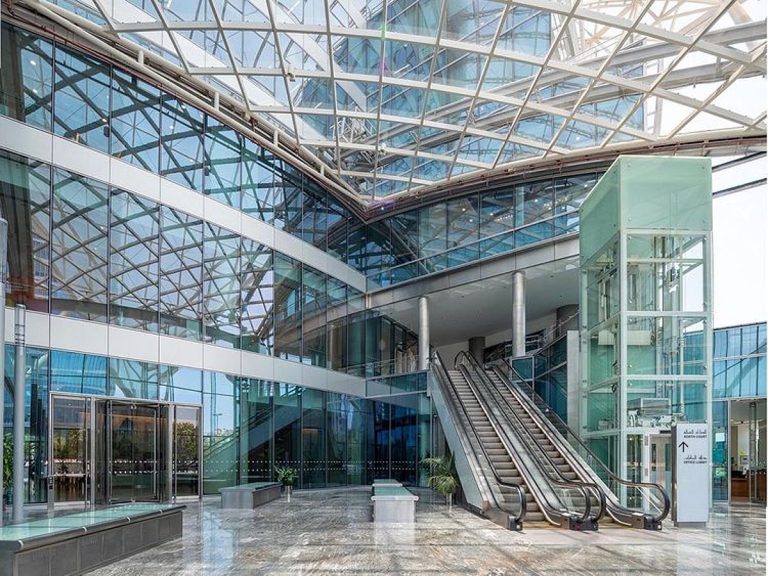Dubai Sees Major Pre-Orders for Flying Cars from GCC
The dream of flying cars is becoming a reality in the Gulf region. Xpeng Aeroht, now known as Aridge, recently completed its inaugural public manned flight of the Land Aircraft Carrier in Dubai, while simultaneously announcing a significant milestone in pre-orders from Gulf Cooperation Council (GCC) companies.
Major Pre-Orders from GCC Companies
Following the successful test flight, Aridge secured 600 pre-orders from prominent companies across the GCC, including the UAE’s Ali & Sons Group, Qatar’s Almana Group, and Kuwait’s ALSAYER Group. This marks the largest bulk order for flying cars outside of China, contributing to a total of over 7,000 global pre-orders.
Features of the Land Aircraft Carrier
The Land Aircraft Carrier is designed for versatility, featuring a detachable air module that can be conveniently stored in the trunk of a “mothership” vehicle. This innovative design allows users to transition seamlessly between driving and flying. Mass production of the aircraft is set to begin soon, with deliveries anticipated to start in 2026.
Future Sales in the Middle East
Aridge plans to launch consumer sales in the Middle East by 2027. The production will be supported by the world’s first intelligent flying car factory located in Guangzhou, China, which has the capacity to produce up to 10,000 units annually.
FAQs
What is the Land Aircraft Carrier?
The Land Aircraft Carrier is a flying car developed by Aridge, featuring a detachable air module for easy transition between driving and flying.
When will consumer sales begin in the Middle East?
Consumer sales of the Land Aircraft Carrier are expected to start in 2027.
How many pre-orders have been secured globally?
Aridge has surpassed 7,000 global pre-orders, with 600 coming from GCC companies following a successful test flight.
Conclusion
The successful test flight and substantial pre-orders signal a promising future for flying cars in the Gulf region. As Aridge prepares for mass production and consumer sales, the landscape of transportation may soon experience a significant transformation.
The concept of flying cars has gained traction in recent years, particularly in urban areas facing traffic congestion and limited space for traditional vehicles. The development of such technology is seen as a potential solution to these challenges, offering a new mode of transportation that could alleviate ground traffic and reduce travel times. The Gulf region, with its rapid urbanization and investment in advanced technologies, is positioned as a key market for these innovations. The interest from GCC companies in pre-ordering the Land Aircraft Carrier reflects a growing confidence in the viability of flying cars as a practical transportation option.
Aridge’s approach to the flying car market is indicative of a broader trend in the aerospace and automotive industries, where companies are increasingly exploring hybrid vehicles that combine elements of both sectors. The Land Aircraft Carrier’s design, which allows for easy transition between driving and flying, aligns with consumer preferences for multifunctional vehicles. This versatility may appeal to a range of users, from individual consumers to businesses looking for efficient logistics solutions. As regulatory frameworks evolve to accommodate flying vehicles, the potential for widespread adoption could increase significantly.
The establishment of the intelligent flying car factory in Guangzhou is a crucial step in scaling production to meet the anticipated demand. This facility not only aims to produce a high volume of units but also emphasizes the integration of advanced manufacturing technologies, which could enhance the safety and reliability of flying cars. As Aridge prepares for mass production, collaboration with regulatory bodies and urban planners will be essential to ensure that the infrastructure is in place to support this new mode of transport. The successful integration of flying cars into existing transportation networks will likely depend on addressing safety concerns, air traffic management, and public acceptance.
Also Read:
Water Scarcity in the Middle East: Challenges and Solutions

